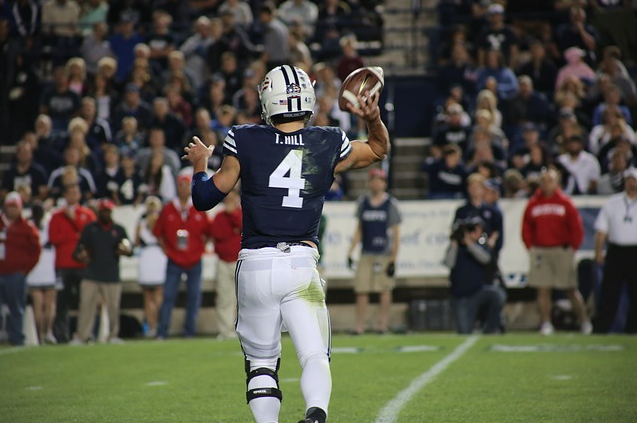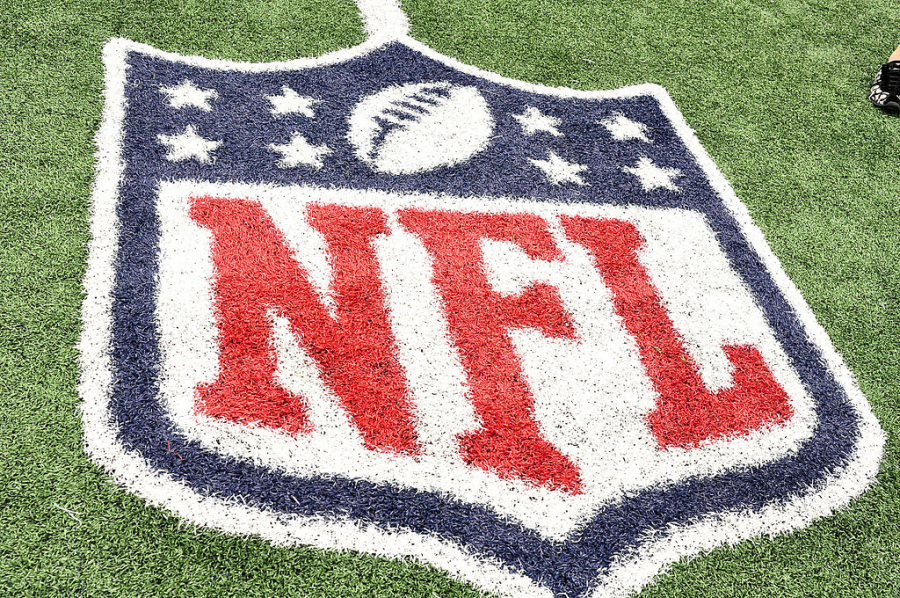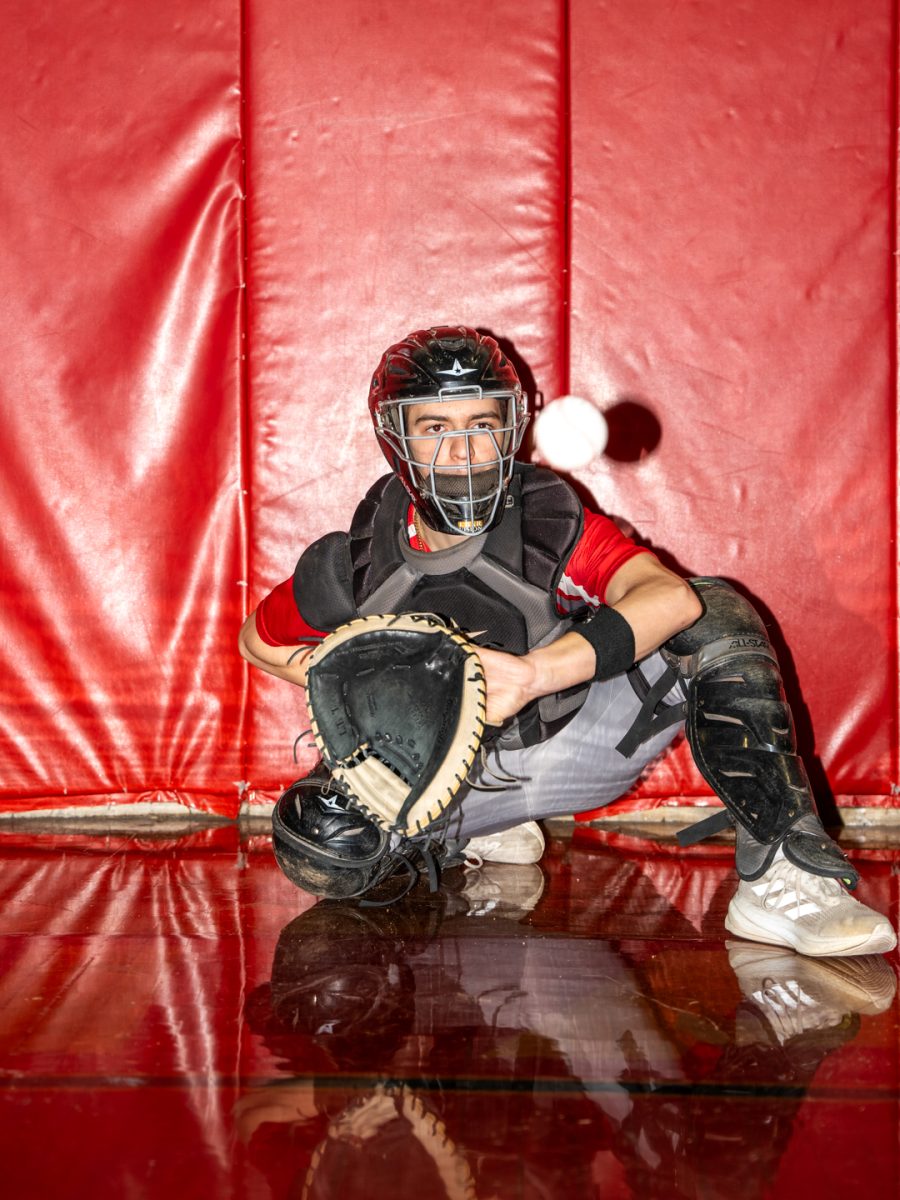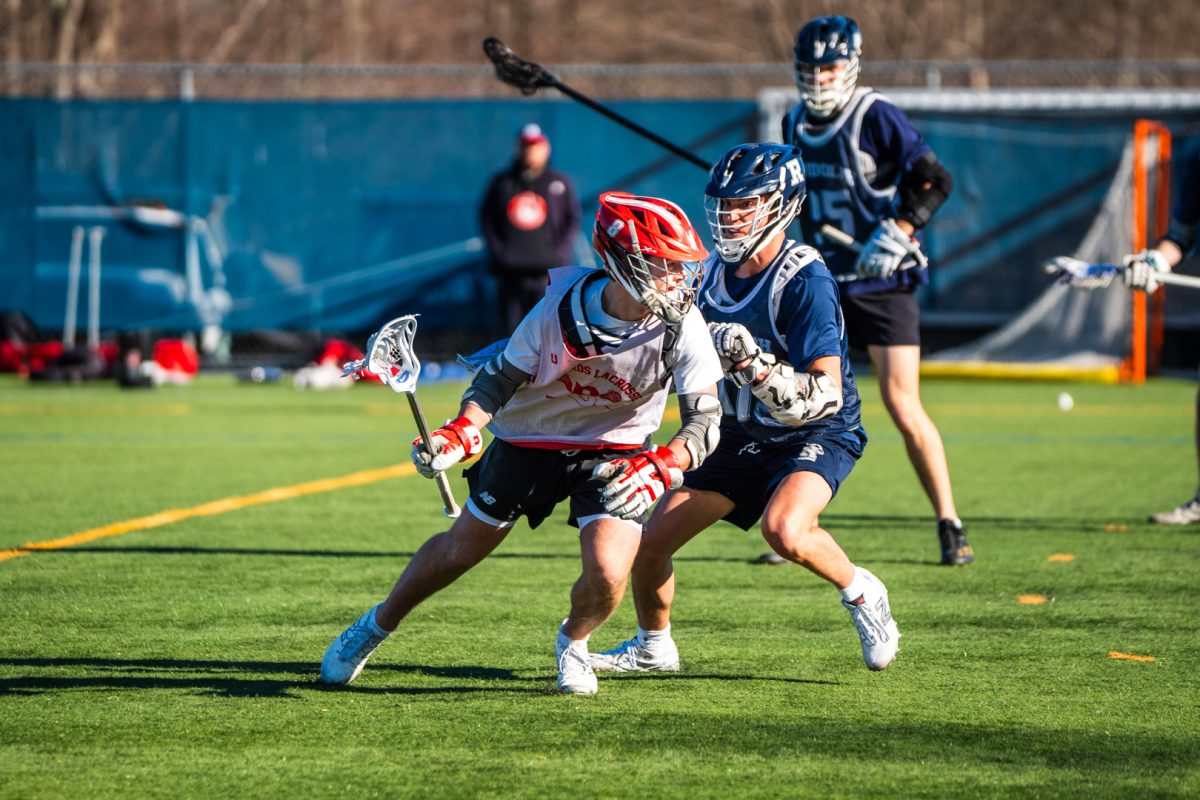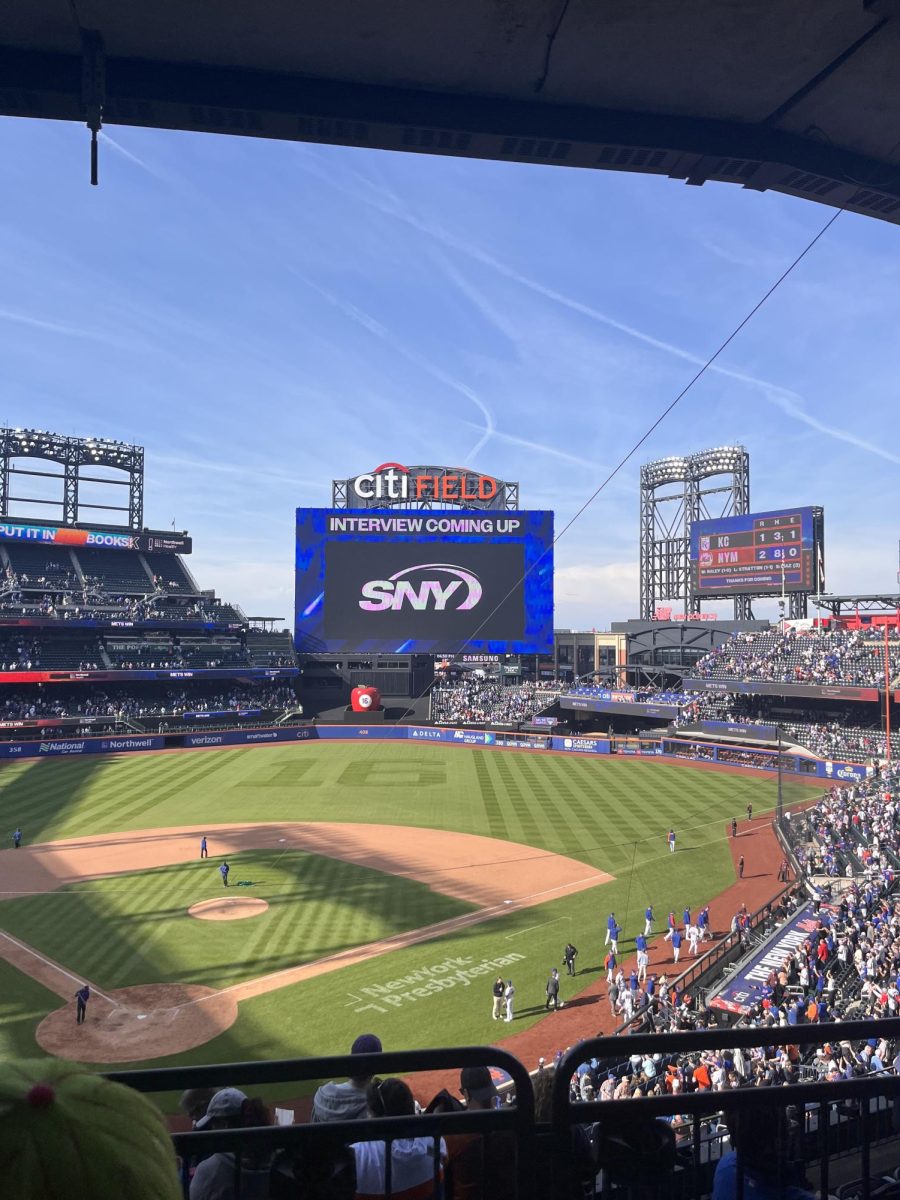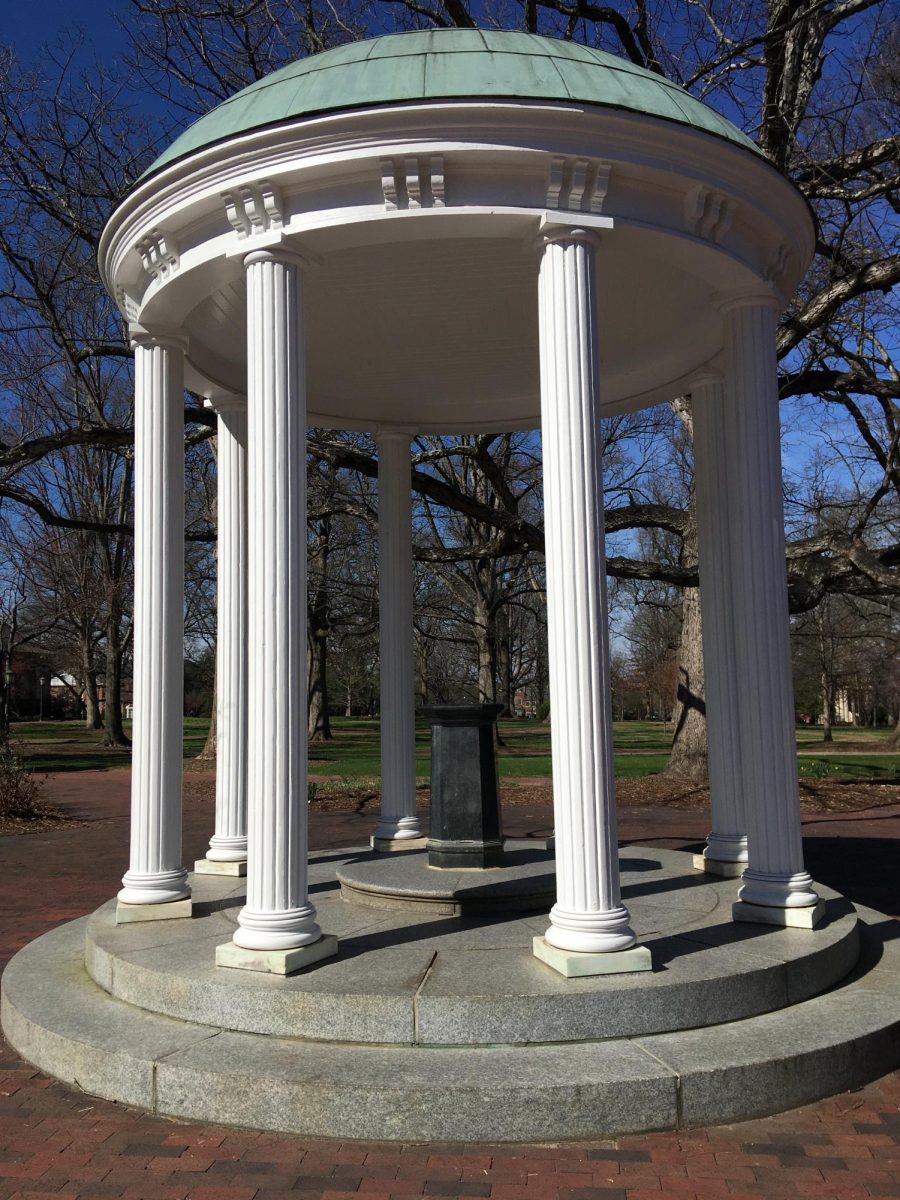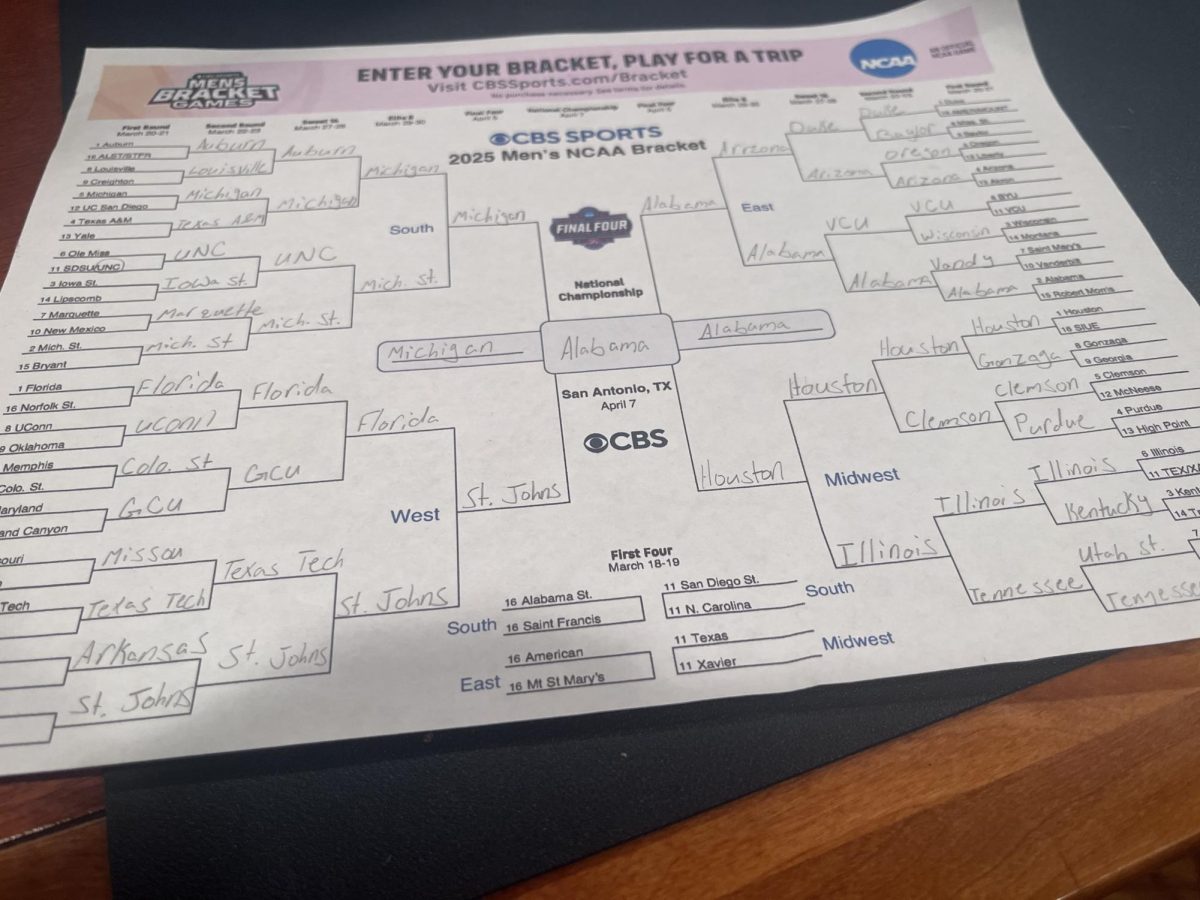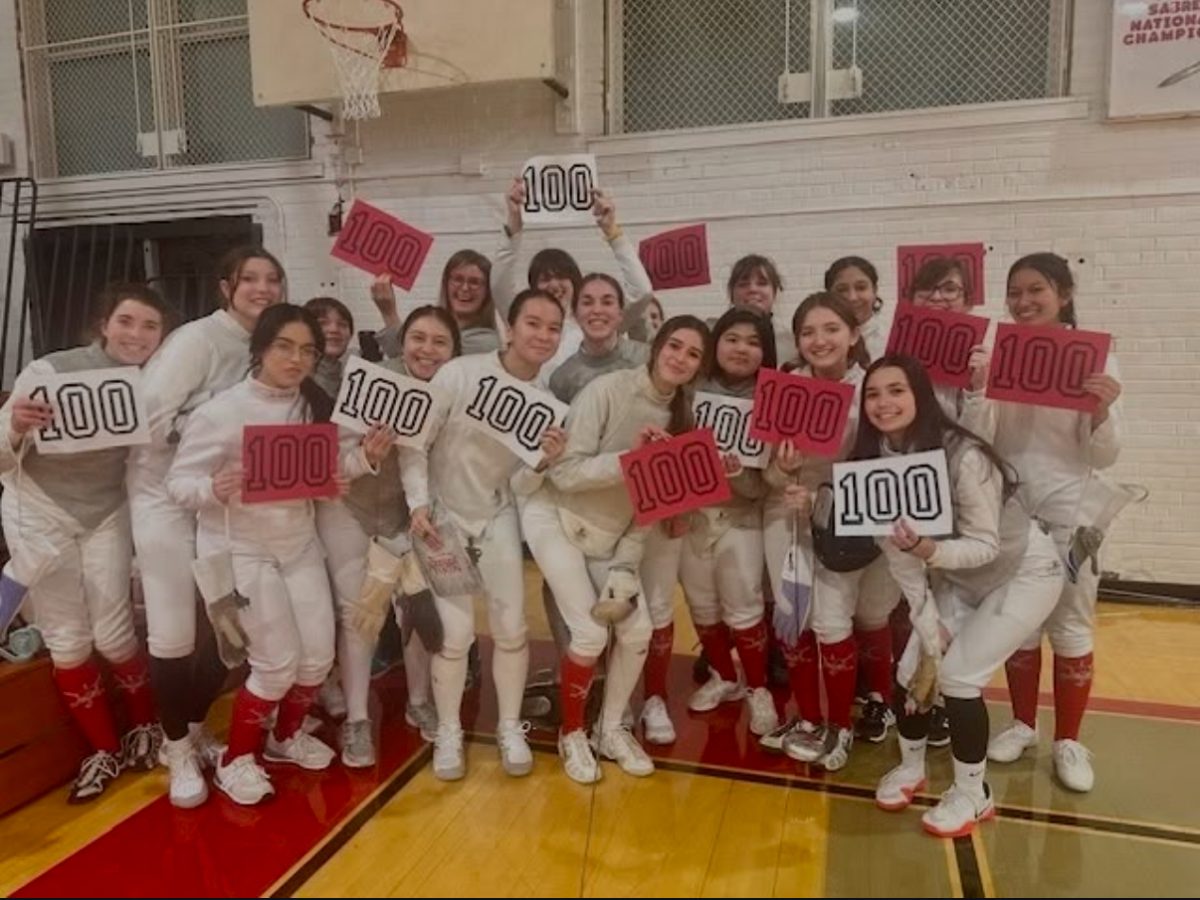To casual observers, football is a sport where the team that scores the most points wins. To head coach Jon Simoneau, senior RB/DB Luke Bowerbank and the rest of the team, there’s much more to it. There are many seemingly small details that go a long way towards helping the team win. One of those details is a small accessory on the wrists of a select few players, including seniors Colin O’Reilly, JP Tantleff and Carter Gilpin. Additionally, juniors Sebastian Sanchez, Dalton McCrann and Brian Hildebrandt have worn the wristband that serves as a miniature playbook used to call plays quickly on the field. They are the backbone of the no-huddle offense, which speeds up the offense and doesn’t allow opposing defenses to make substitutions or changes to the formations. “[The wristbands] help our offense go faster,” Simoneau said in an interview. “The faster we go, the faster the opposing defense gets worn out.” At times, the no-huddle offense is too quick for referees to follow.
Another important, but not widely known, aspect of the team is the spread offense. A spread offense sees the quarterback taking the snap a few yards behind the offensive line, and there are typically more wide receivers than running backs on the field. According to coach Simoneau, it, “fits our personnel better than any other offensive scheme”. The spread offense and the no-huddle offense go hand-in-hand when the no-huddle offense is used.
“I love [the spread offense], senior RB/DB Luke Bowerbank said. “We throw the ball a lot more out of the shotgun which is way more fun for receivers. It allows us to spread the ball out more and keep the defense on their toes.”
Bernards’ new offensive philosophy is also spreading widely in professional football. Many teams are using more mobile quarterbacks and more receivers to fit the spread offense. It all started with the University of Houston deploying it, and it has evolved into a regular fixture into football offenses at all levels. One NFL team that ran the spread was the 2007 New England Patriots, who only lost one game that entire season.
One more important aspect of any team sport is chemistry. Although good team chemistry is very important in having a good football team, coach Simoneau doesn’t have his players do anything specific to boost that chemistry. “Anything you do with a group of people is more successful with chemistry,” he said. “Our players spend a lot of time together and we feel it’s important to allow our players to make their own decisions on how they spend their time with each other.”
Simoneau also discussed how there really isn’t a difference between chemistry in football and other sports he coaches. “In a sport like cross country, chemistry may not be as important,” he said, “but in general, when you have a good time with people you like, chances are you’re gonna be successful.”
“Chemistry is one of the most important things in football,” Bowerbank said. “You have to rely on your teammates to do their job on every play, and if they don’t then plays don’t work.”



